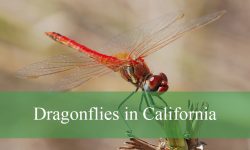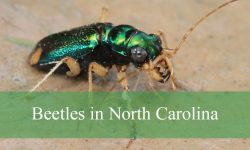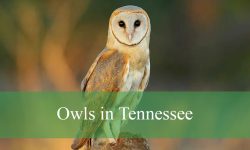Kansas offers birdwatchers a fascinating look at the jay family, with several species that bring color, intelligence, and lively behavior to the state’s landscapes. These birds are known for their bold personalities, striking plumage, and complex calls that echo across forests and backyards alike.
Among the most familiar is the Blue Jay, a permanent resident seen year-round, while others like the Western Scrub-Jay, Pinyon Jay, and Steller’s Jay make only occasional appearances. Each of these birds has its own unique habits, habitats, and identifying features, making them exciting finds for bird enthusiasts.
Exploring the different types of jays in Kansas not only enriches birdwatching experiences but also highlights the diversity of wildlife found across the state. From backyard feeders to remote woodlands, jays add a burst of energy and sound to Kansas birding adventures.
Different Types of Jays Found in Kansas
Blue Jay (Cyanocitta cristata)
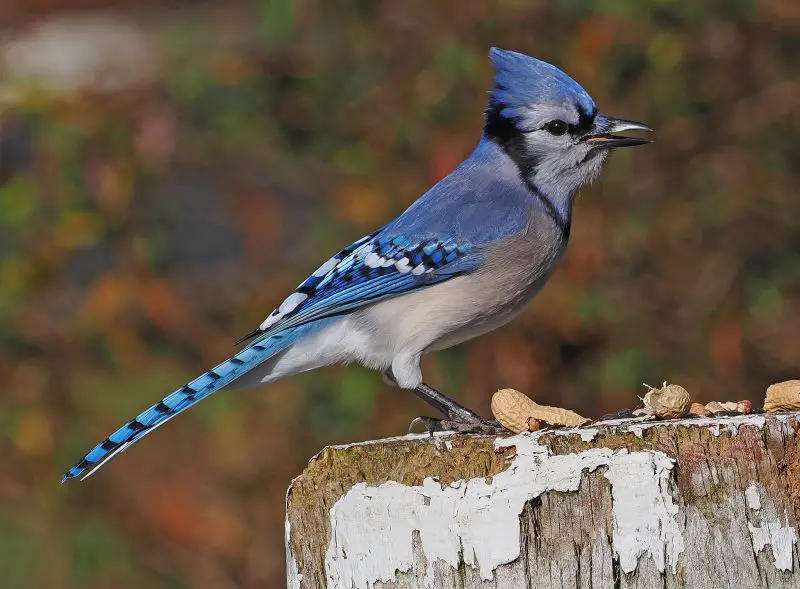
The Blue Jay is one of the most common and recognizable jays in Kansas, famous for its bright blue plumage accented with white and black markings. Measuring around 9 to 12 inches in length with a wingspan of 13 to 17 inches, this bird has a distinctive crest and a loud, varied call. Its striking appearance and bold behavior make it a favorite among backyard birdwatchers.
Blue Jays are highly intelligent birds known for their curiosity and problem-solving skills. They are also excellent mimics, often imitating the calls of hawks to confuse other birds. In Kansas, they are permanent residents, frequenting woodlands, forests, and suburban areas where they adapt well to human presence.
Their diet is quite varied, consisting of acorns, seeds, fruits, insects, and occasionally small vertebrates. Blue Jays are also known to cache food for later use, burying acorns in the ground, which incidentally helps in oak tree propagation. Bird feeders attract them readily, especially when filled with peanuts, sunflower seeds, or corn.
You can find Blue Jays across Kansas throughout the year. They are particularly visible in mixed forests, city parks, and even backyards where trees provide shelter and food. Their loud calls and social behavior make them easy to notice, often moving about in family groups or mixed flocks.
Western Scrub-Jay (Aphelocoma californica)
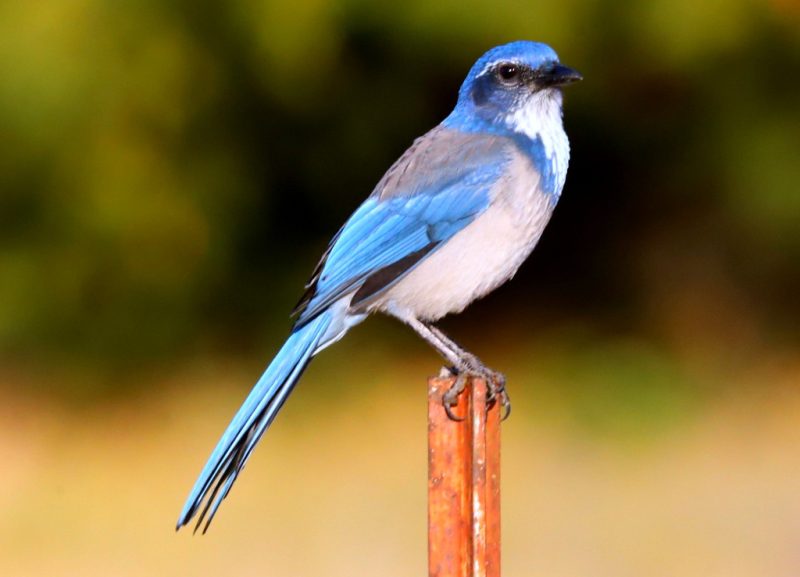
The Western Scrub-Jay is less common in Kansas but can occasionally be spotted in the western part of the state. Unlike the Blue Jay, it lacks a crest and has a slimmer build, typically 11 to 12 inches long with a wingspan of 15 to 16 inches. Its plumage is a combination of blue, gray, and white, giving it a more subdued but still beautiful look.
This jay is known for its bold and inquisitive nature. It often perches conspicuously on fences, shrubs, and trees, making it relatively easy to spot when present. Scrub-Jays are very vocal and communicate with a variety of harsh, scratchy calls. They are also highly territorial, often chasing away intruders.
Their diet includes acorns, seeds, berries, insects, and occasionally small animals. Like other jay species, they are skilled at caching food and remembering the locations of their hidden stores. In Kansas, their appearances are considered rare but exciting, as they are more commonly found further west in scrublands and oak woodlands.
For birders in Kansas, the best chance of encountering a Western Scrub-Jay is during the fall or winter when they occasionally wander beyond their usual range. They are typically seen in open woodlands or rural areas where shrubs and trees provide both cover and food sources.
Pinyon Jay (Gymnorhinus cyanocephalus)
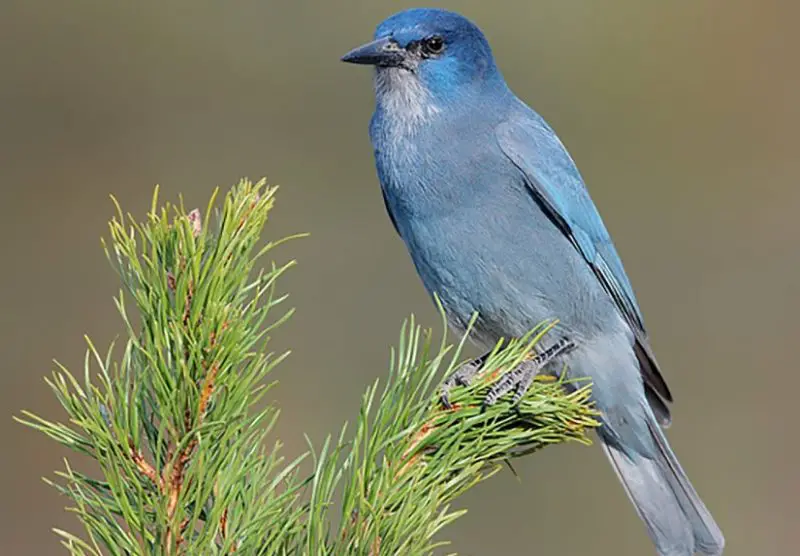
The Pinyon Jay is another rare visitor to Kansas, more often associated with pinyon pine and juniper forests of the western United States. It measures about 10 to 11 inches in length and has a stocky build with all-over dusky blue plumage, lacking the crest seen in Blue Jays and Steller’s Jays. Its uniform coloring sets it apart from other jay species.
Pinyon Jays are highly social birds, usually seen in large flocks. Their calls are loud and nasal, helping the flock stay together while foraging. They are nomadic, moving in response to food availability, which is why they may occasionally appear in Kansas outside their typical range.
Their diet is closely tied to pinyon pine seeds, though they also consume insects, berries, and other seeds when available. Like other jays, they cache food, helping with the dispersal of pine trees. Their movements into Kansas are usually irregular and unpredictable, often linked to seed shortages in their core habitat.
In Kansas, sightings of Pinyon Jays are uncommon and usually occur in the western part of the state. When present, they may be seen in open woodlands, rural areas, or even near feeders if food is scarce in their native range. Spotting one is considered a special event for local birders.
Steller’s Jay (Cyanocitta stelleri)
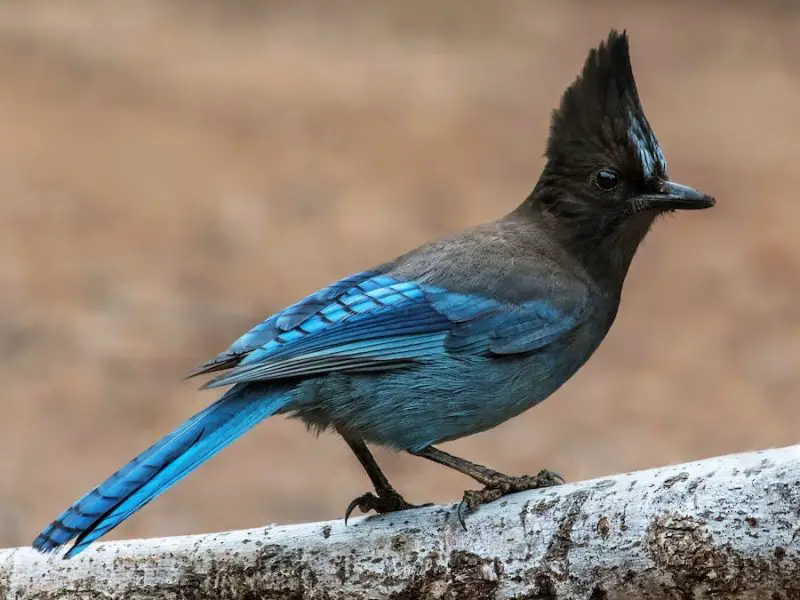
Steller’s Jay is one of the most striking jay species, though it is quite uncommon in Kansas. It is larger than the Blue Jay, measuring 11 to 13 inches long with a wingspan of about 17 inches. This bird has a bold appearance, with a dark blue body, lighter blue wings and tail, and a prominent black crest that gives it a distinctive silhouette.
These jays are known for their loud, varied calls and their bold, inquisitive personalities. They are often seen in pairs or small groups, moving actively through trees in search of food. Their intelligence is well-documented, and like other corvids, they have excellent memories for food storage.
Steller’s Jays eat a wide range of foods including seeds, nuts, berries, insects, and even small animals. They are frequent visitors to campsites and picnic areas in their usual range, where they are notorious for stealing unattended food. Their adaptability makes them successful in a variety of habitats.
In Kansas, Steller’s Jays are rare and usually only found in the far western regions or during unusual movements beyond their typical mountain habitats. Birdwatchers who hope to see them should explore forested areas or campgrounds in the west, where occasional sightings have been recorded.
Best Time and Place to See Jays in Kansas
The best time to observe jays in Kansas largely depends on the species. Blue Jays are year-round residents, making them easy to find throughout the state in any season. They are especially active and noisy in spring and fall when they are nesting or migrating in family groups. Early mornings in suburban neighborhoods, forest edges, and city parks are the most reliable times to hear and see them.
For Western Scrub-Jays, sightings are rare, but they are most likely to appear in western Kansas during late fall and winter. Birders should focus on open woodlands and rural areas with scattered trees and shrubs, where food sources such as acorns and seeds are abundant. These jays often perch in visible spots, making them easier to detect once present.
Pinyon Jays may wander into Kansas unpredictably, often during food shortages in their native pinyon pine habitats. When they appear, it is usually in western Kansas during the colder months. Look for them in large, noisy flocks moving across open fields or rural areas.
Steller’s Jays are rarely seen in Kansas, but occasional sightings have been reported in the far west, particularly near forested areas and campgrounds. Fall and early winter are the best chances for spotting them when they sometimes move outside their typical mountain range. Birdwatchers should remain alert to their bold calls and striking dark blue and black plumage.
FAQs about Jays in Kansas
Are Blue Jays common in Kansas?
Yes, Blue Jays are widespread and common throughout Kansas. They are permanent residents and can be seen year-round in forests, suburbs, and city parks.
Do Western Scrub-Jays live in Kansas permanently?
No, Western Scrub-Jays are not permanent residents of Kansas. They are occasional visitors, mostly found in the western part of the state during certain times of the year.
Why are Pinyon Jays rare in Kansas?
Pinyon Jays are tied to pinyon pine forests in the western U.S. They only appear in Kansas when food is scarce in their native range, usually traveling in large nomadic flocks.
Can I see Steller’s Jays in Kansas?
Yes, but sightings are very rare. They are more common in mountainous regions to the west, but on occasion, they wander into western Kansas, especially in cooler seasons.
What is the best way to attract jays to my yard in Kansas?
Offering peanuts, sunflower seeds, and corn at feeders is the best way to attract Blue Jays, the most common jay in Kansas. Rare visitors like Scrub-Jays or Pinyon Jays may also stop by if food is available.

